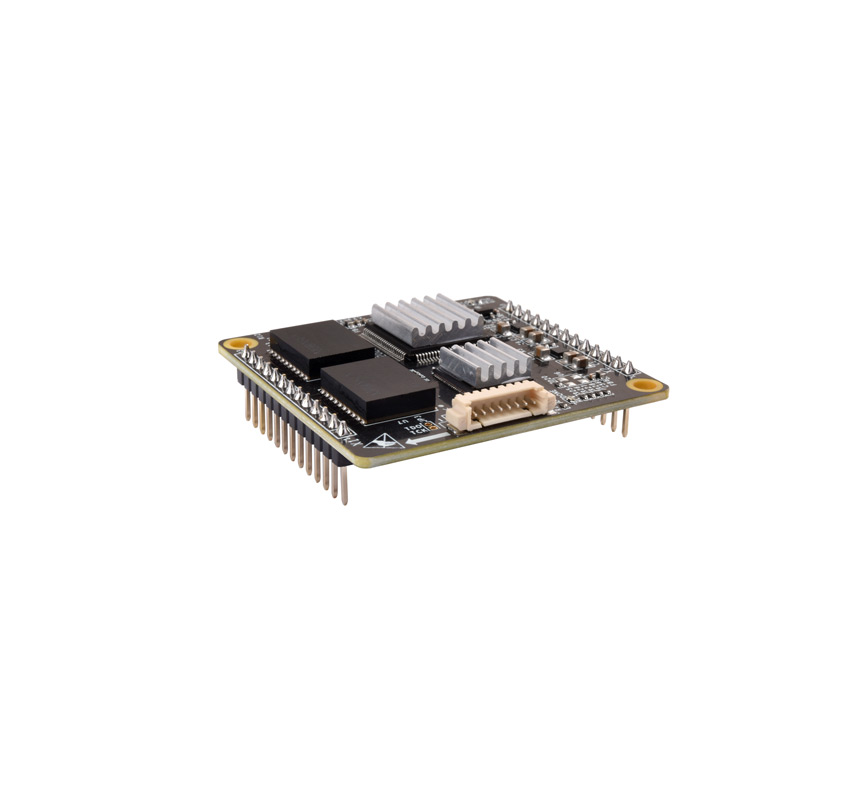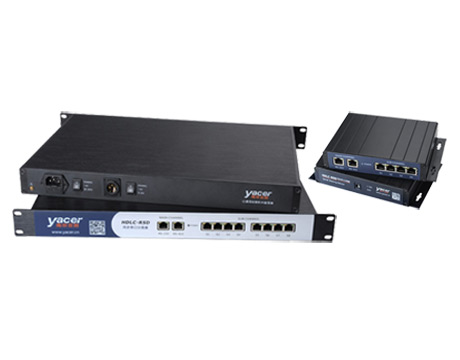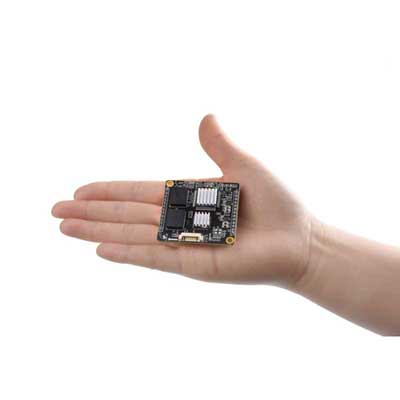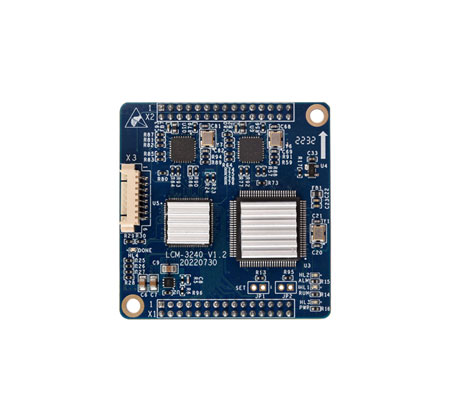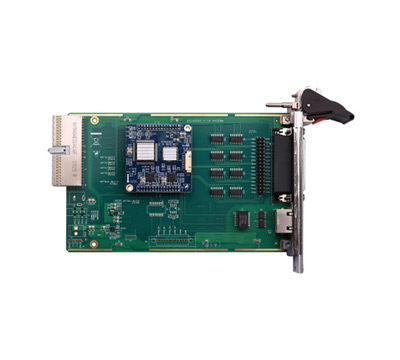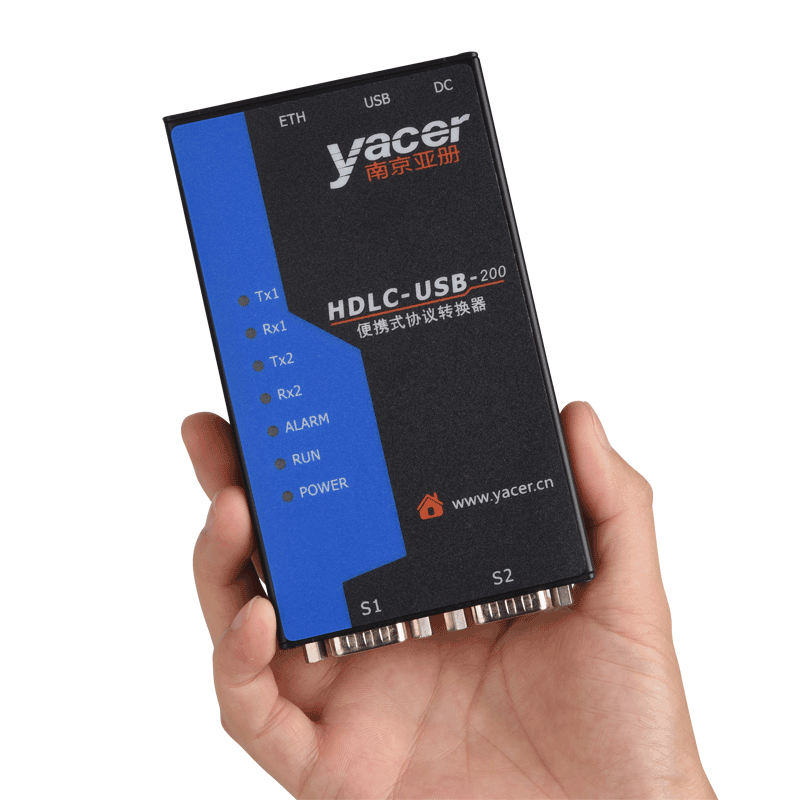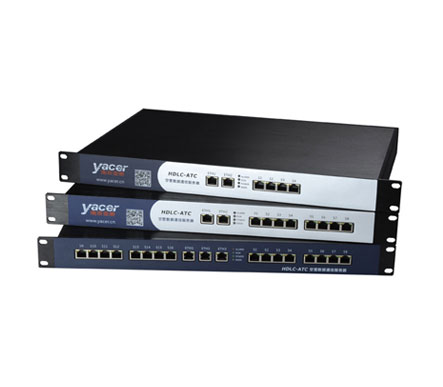In the context of accelerating iterations in aviation surveillance technology, Secondary Surveillance Radar (SSR) and ADS-B systems are undergoing a transformation from "single-point perception" to "full-network collaboration." In this revolution, the HDLC protocol, with its cost advantages, stability guarantees, and scalability potential, has become a key technical foundation supporting the upgrading of air traffic control systems. Its value is not only reflected in the optimization of technical parameters but also in providing a replicable solution for balancing aviation safety and efficiency.
Cost Advantages: Reducing Costs and Increasing Efficiency from Hardware to Operation and Maintenance
Traditional aviation surveillance networks rely on parallel transmission of multiple protocols, leading to equipment redundancy and high maintenance costs. HDLC's unified frame format (flag field 01111110, 16-bit CRC check) simplifies the data encapsulation process, transforming the radar data network from "multi-protocol conversion" to "single-protocol direct transmission." Taking the ADS-B surveillance project on the Chengdu-Lhasa route as an example, after adopting the HDLC protocol, the number of devices per link decreased by 25%, and annual operation and maintenance costs were reduced by 1.8 million yuan, verifying its economy in complex geographical environments.
Stability Guarantee: From Bit-Level Transmission to Full-Link Redundancy
Aviation surveillance has extremely strict requirements for data integrity—even a single transmission error may cause false warnings of flight trajectory deviations. HDLC establishes dual protection through the "zero-bit stuffing method" and "acknowledgment and retransmission mechanism": the sender inserts a "0" after five consecutive "1"s, and the receiver automatically deletes redundant bits to ensure the uniqueness of the flag field 01111110; meanwhile, the N(S)/N(R) sequence numbers and P/F (Poll/Final) flag bits in I-frames (information frames) enable dynamic adjustment of the transmission window and retransmission of lost packets. According to the 2025 measured data of the air traffic control radar data network, the bit error rate of HDLC links is lower than 10⁻⁹, which is two orders of magnitude better than that of the PPP protocol; in high-altitude areas of Tibet, its anti-electromagnetic interference capability reduces the data packet loss rate from 0.8% to 0.03%, providing technical support for the safe takeoff and landing of flights in extreme weather.
Scalability Potential: Architectural Evolution from Point-to-Point to Full-Network Collaboration
Facing the challenge of an annual 12% growth in future airspace traffic, HDLC's "balanced configuration" mode shows unique advantages. In the ADS-B and SSR integration test at Guangzhou Baiyun Airport, two composite stations were directly connected via HDLC links, enabling dynamic switching of master-slave roles: when the master station fails, the slave station can take over control within 100ms, shortening the recovery time by 80% compared with the traditional unbalanced configuration (master station with multiple slave stations). This peer-to-peer communication capability paves the way for the evolution of air traffic control systems from "centralization" to "decentralization." More notably, compatibility tests between HDLC and Time-Sensitive Networking (TSN) have achieved breakthroughs—by embedding IEEE 802.1Qbv timestamps in the information field, millisecond-level synchronization of radar data and flight plan information can be realized, providing underlying support for the future "digital twin air traffic control."
As the aviation industry enters a new stage of "four-dimensional trajectory" management, the significance of the HDLC protocol is no longer merely a technical issue. It ensures the orderly operation of air traffic by strictly controlling the transmission of each data bit; while controlling costs, it improves efficiency, embodying the core principles of engineering design. As experts from the International Civil Aviation Organization stated: "On the path of technological development, HDLC tells us a simple truth—simplicity and reliability are more important than complexity with unreliability."

